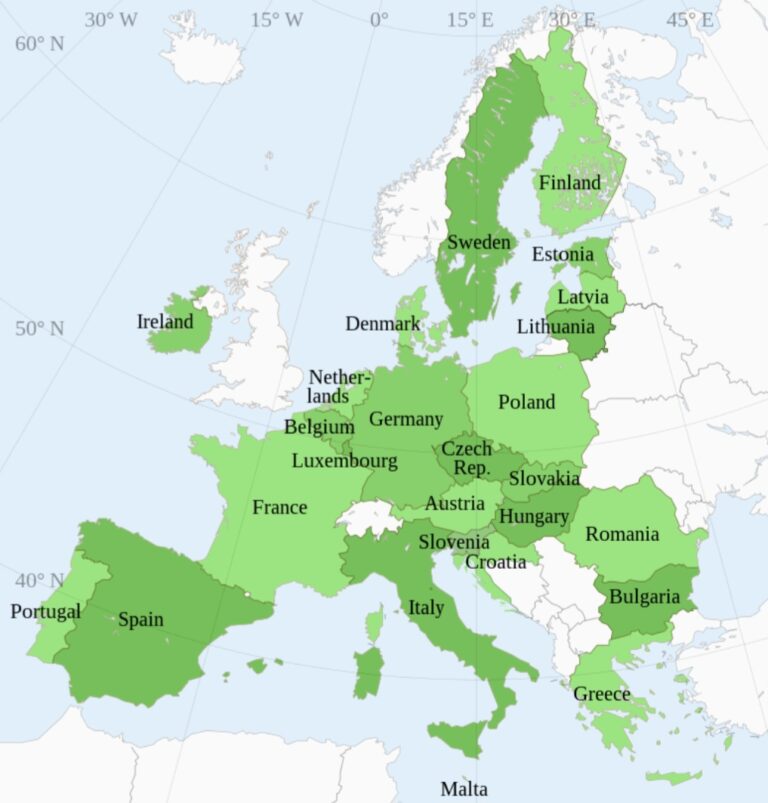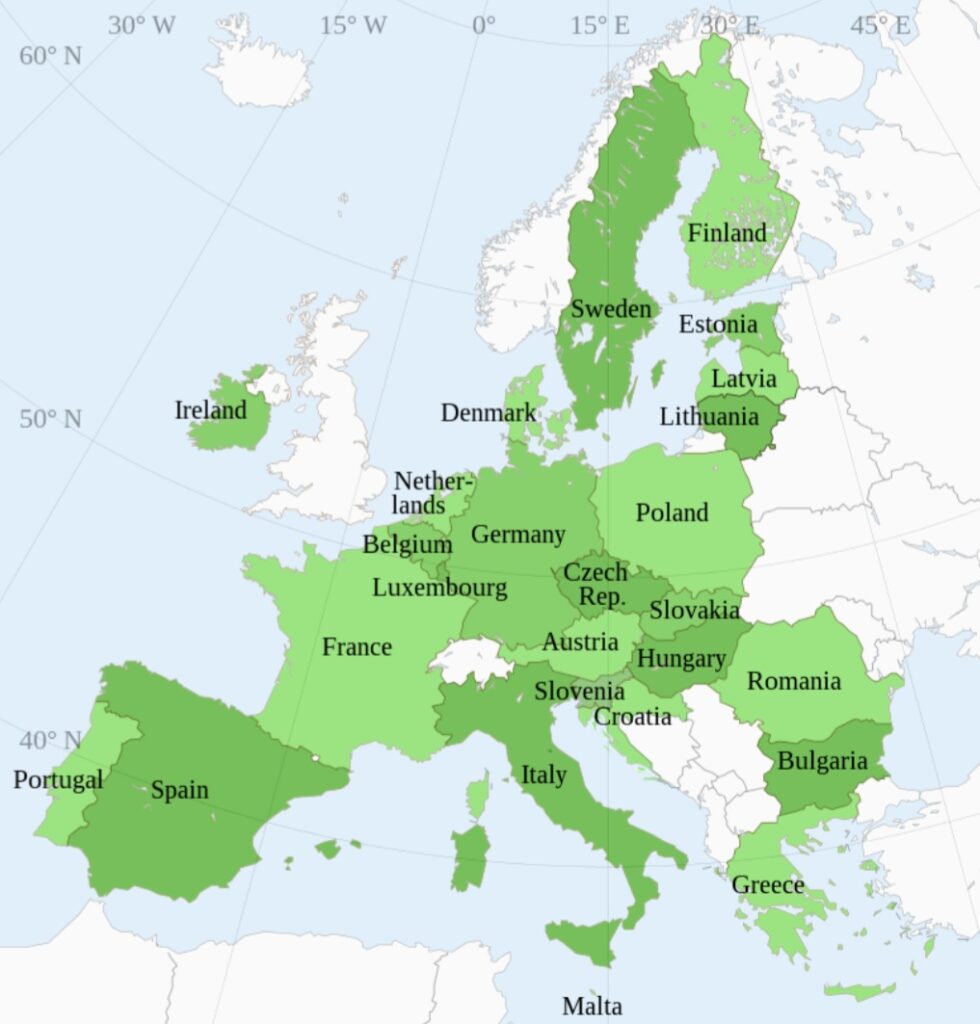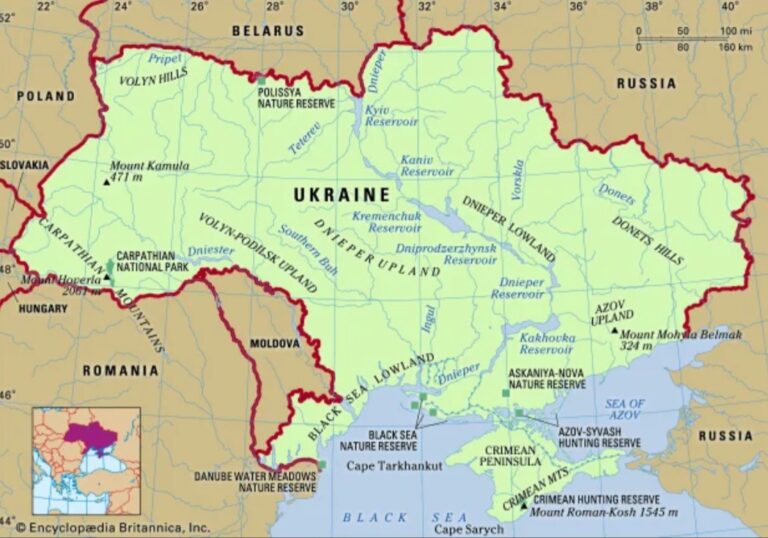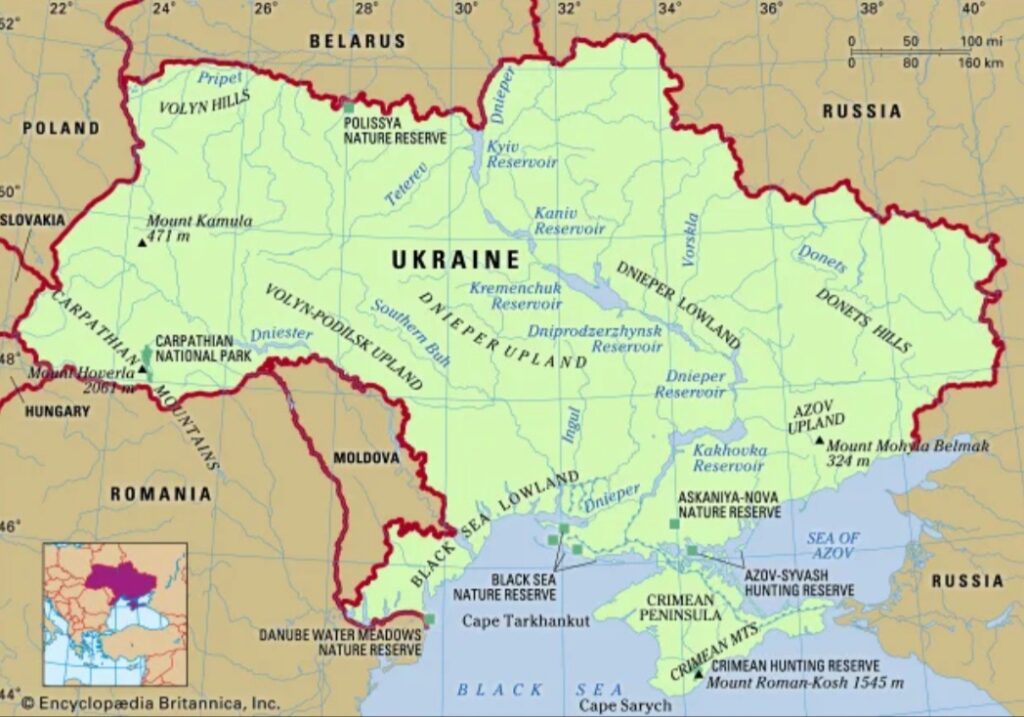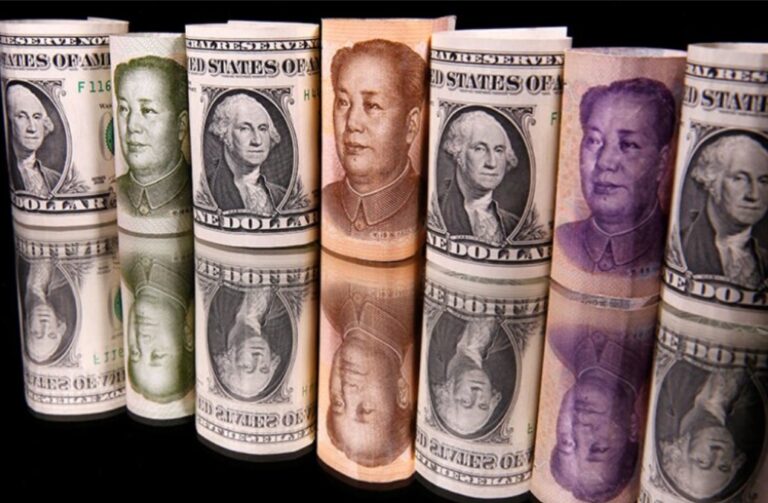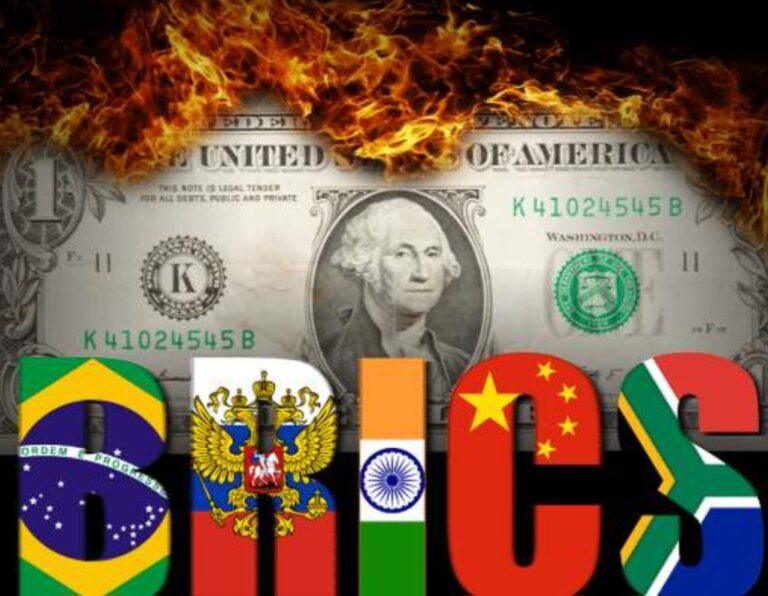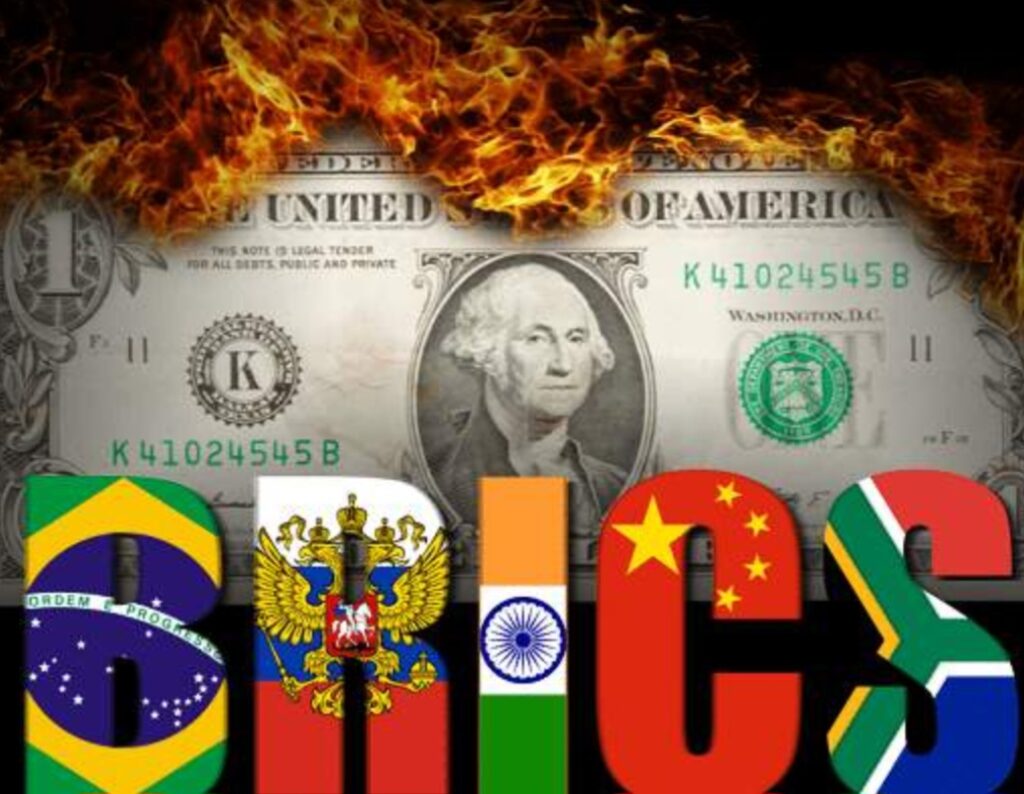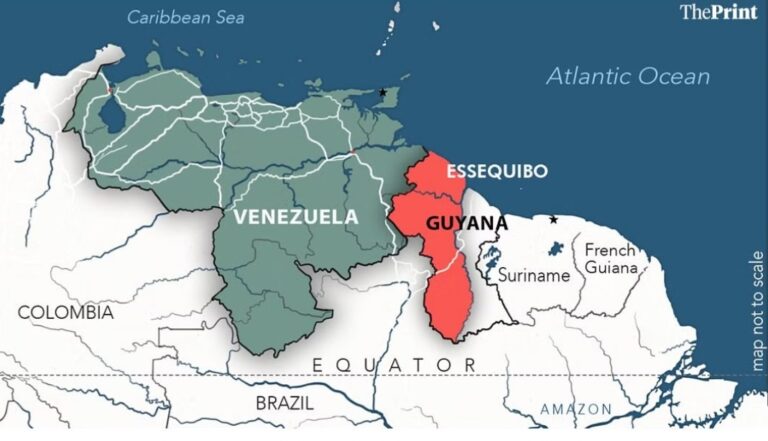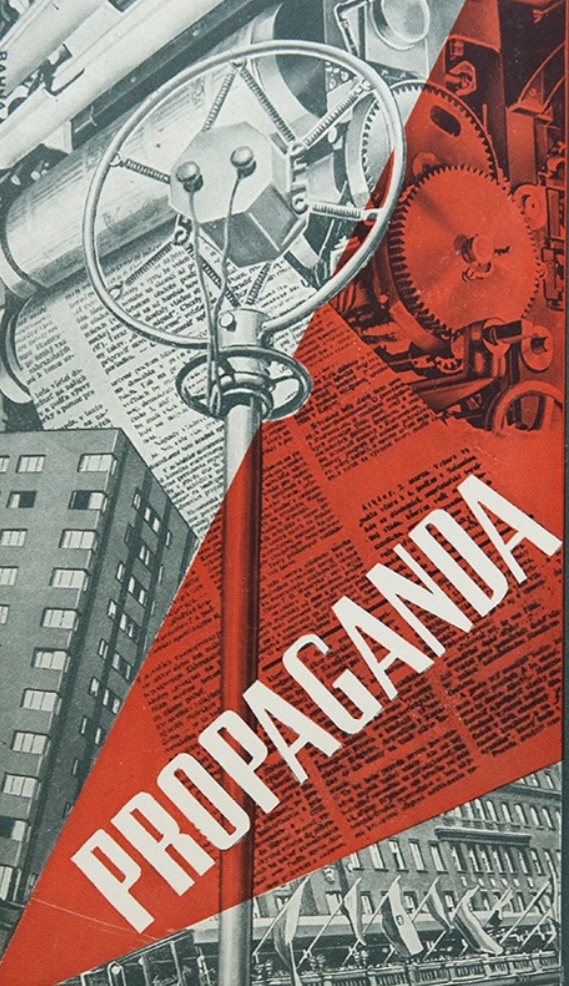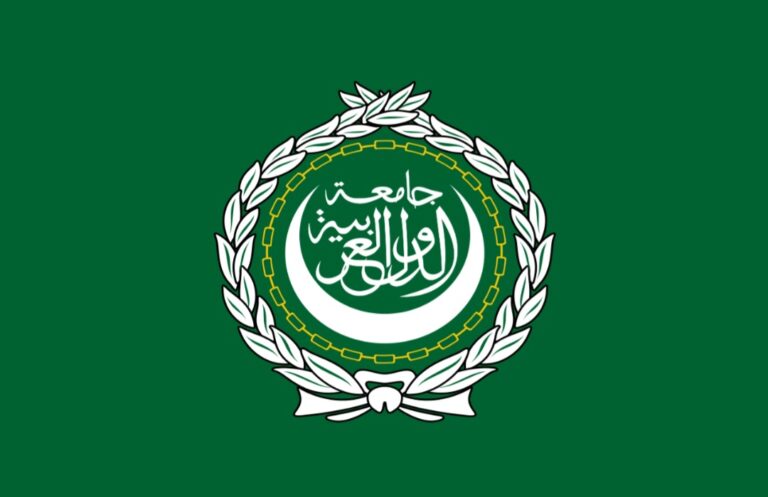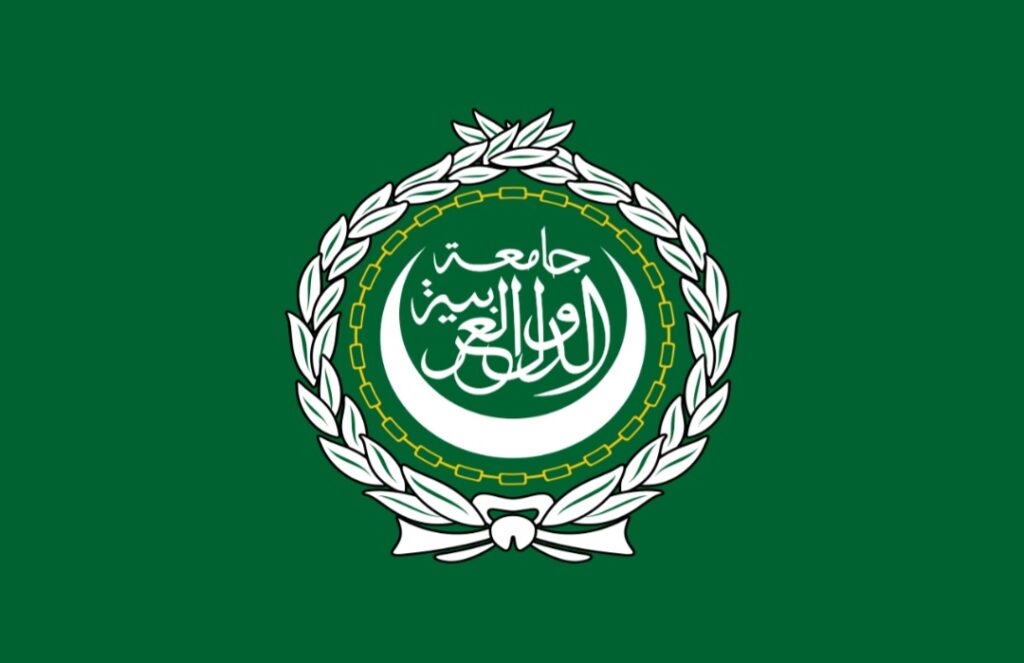By: Swaraj Parameswaran

Introduction
With India geographically being the seventh-largest nation on earth and reportedly the most populous country, there is great need for it to develop a coherent, successful grand strategy if it wishes to economically and militarily grow in these times of geopolitical uncertainty. This article examines and analyses the various elements of the Indian Grand Strategy before concluding that, while India has a good grand strategy, the success of this strategy depends on it avoiding a few pitfalls.
Grand Strategy and Middle Power Nations
According to Paul Van Hooft, Grand Strategy is ‘the highest level of national statecraft that establishes how states, or other political units, prioritize and mobilize which military, diplomatic, political, economic, and other sources of power to ensure what they perceive as their interests.’
While it’s widely agreed that superpowers can’t survive without a grand strategy, there’s been debate about its relevance to middle-powers. But a grand strategy, as shall be explained, can be very effective for a middle-power like India to carry out its foreign policy. More than anything, and to summarize its relevance, a grand strategy helps middle-power nations maximize influence with limited resources, helps navigate power dynamics, ensures stability, helps form coalitions, and strengthens their soft power.
Earlier, Indian grand strategy was associated with the principles of ‘Nehruvianism’, which focused on alleviating poverty, taking a non-aligned stance in Cold War politics, and globally spreading morality and peaceful coexistence. While these principles still survive, India has, adapting to externalities such as the end of the Cold War, tweaked existing elements and added a few new ones in its pursuit to be a great-power and create a multipolar world.
Elements of the Indian Grand Strategy
India is an exceptionally diverse nation with a multitude of languages, religions and cultures. Pakistan, through Kashmir, and Khalistani separatists in foreign nations have frequently sought to undermine this unity by instigating grievances among the local population. Its greatest internal task is to maintain its unity in this cultural diversity.
While poverty has drastically reduced since Independence, a huge share of the population still does not have immediate access to healthcare and education. Securing latest medical technology and restricting import duties on essential grains like ricecan help achieve the required health security to serve as a foundation for long-term growth.
China and Pakistan, collectively, pose an existential threat to India. Securing Asiabecomes crucial in this scenario. Pakistan-sponsored terrorism, and Chinese ‘String of Pearls’ and military land incursions have forced India to strengthen alliances with other nations, particularly the US. Through alliances like the Quad, it attempts to reduce the Chinese domination of Asia, and seeks to balance against it. India also aims to have good relations with South-East Asian nations and Middle-Eastern powers due to their cultural similarities and overlapping histories. This strengthening of ties with Asian nations is a broader expansion of its ‘Neighbourhood First’ policy- where India focuses on strengthening ties with its immediate neighbours like Bhutan, Nepal, Maldives, and Sri Lanka- to augment and further trade and commerce among them.
With a rich culture, history, and diaspora, and having served for centuries as a haven for myriad religious minorities, India has immense soft power. Through its exercise in forums like SAARC, BIMSTEC, and ASEAN, where cultural and diplomatic relations between nations is prioritised, India attempts to increase its likeability in the international community, grow its tourism and education industries, and further the spread of decolonial and moral values.
Multi-Alignment. This is a revamped version of its traditional Non-Alignment policy. The focus is on building relationships without getting into binding alliances, as seen in many of India’s dealings with Western European nations and the USA. This protects its agency while fostering mutually-beneficial ties to ensure its security.
Through its growing economic strength and historical yet universally applicable treasure trove of philosophical knowledge, India also seeks to play a bigger role in international organizations, influencing decisions on issues like climate change and acting as a potential intermediary in global conflicts. Through these institutions, India seeks a greater role in major decisions that have, heretofore, been dominated by superpowers; it seeks more influence on a global stage, in proportion to its share in the global population.
India, ultimately, seeks to create a peaceful, multipolar world where it can pursue its interests and receive the great-power recognition it believes it deserves.
Analysis
While still favouring the diplomatic route, in the face of security threats, India has begun attaching greater importance to hard power, coalitions and realpolitik. This, while not exactly signalling the end of its idealistic approach to world politics, marks a shift towards a more pragmatic India that’s not afraid to flex its strength as a nuclear power and growing economy.
A good grand strategy prioritizes what’s essential and identifies the nation’s core interests. It is also cohesive, dynamic, and has clear-cut interests that it prioritizes when confronted with challenges. For middle-powers like India, it is important to either bandwagon with or balance against superpowers, in light of its significantly lesser might and resources. Middle-powers need to be skilled in diplomacy if they wish to retain their agency and, simultaneously, ensure their security and pursue their individual interests. Else, as has so often happened in the past, they could easily become pawns entangled in superpower politics, risking exploitation of their resources.
India’s grand strategy has got a lot of things right. Its priorities- national unity, security, growth, and global involvement- are clear-cut. It refuses to commit itself into a binding alliance, while still balancing China with the help of the US, and, incredulously, forces the US to get on board with its policies. It has also expanded its multi-aligned stance by relying on forums like the Quad, ensuring it’s not dependent on any single power. In the midst of great-power politics, refusing to explicitly pick sides, it exploits opportunities available to it, such as the import of Russian oil after the breakout out of the Ukraine War. This refusal to commit, while occasionally drawing criticism from some nations, gives India the wiggle room to strategically analyse world politics without being rushed into making harmful choices.
To ensure the success of this strategy in the long-run, India should decrease but not rid itself of its scepticism of the West, for India will have to increasingly depend on the West due to China’s land border and Indian Ocean aggressions. It must also occasionally be willing to ditch its neutrality, especially if human rights are at stake and its own national interests are not threatened. This will build credibility in the international community, and show that India, rather than being governed by self-interest, stands for humanitarian causes that align with the philosophical wisdom it aims to spread. And, to reduce costs and reliance on foreign defence deals, India must develop its science and defence industries, must strive to be one of the nations at the forefront of space exploration, AI evolution, and microchip development.
Conclusion
India’s grand strategy focuses on national unity, soft power, and the alleviation of poverty, while taking a multi-aligned stance in global politics. By relying on the West, but refusing to commit to a Western alliance, it refuses to lose its agency and be threatened by superpower imperialism. India’s grand strategy not only maintains its ‘middle power’ status, but also provides it with a strong foundation to achieve its ambition of becoming a great-power. This strategy is coherent, self-motivated, and dynamic- more or less suitably crafted for the world we live in.






